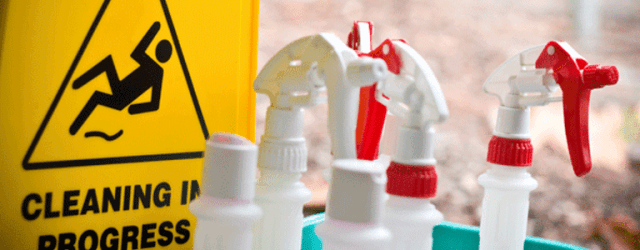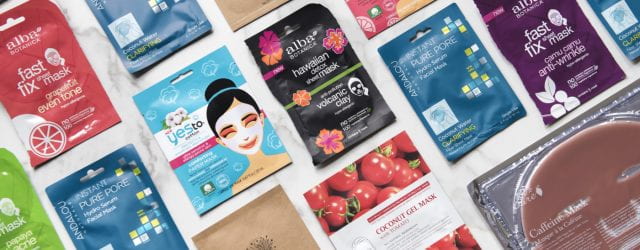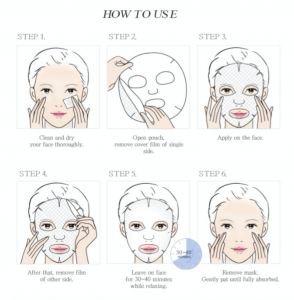__________________________
C o n s u p o l l u t i o n
[kon – su – puh – lew – shun]
(n.) pollution from the
active consumption of humans
of products in the economy
___________________________
At the beginning of the blogging journey, I asked the readers to join us (Eliza and Jocelyn) on a journey to transform ourselves from Consupollutants to Mindful Consumers. We started by discussing environmental pollution and consumption issues in food, then fashion, beauty products, domestic cleaning agents and then e-wastes.
The term consupollutants, a term we coined, is what we felt we should call ourselves because of how we contribute massively to environmental pollution because of our consumption patterns and active choices when we’re consuming. And as I personally researched into the topics and issues, I have been more exposed to the plight of the environment and us humans faces because of our decision-making process. Hence, Jocelyn and I wanted to create bite-sized blog posts to highlight the issue of a topic and then suggest ways or alternatives for us to be a more mindful consumer.
I have always been into sustainability and the eco-lifestyle, especially in the realm of fashion. However, researching these topics really broadened my knowledge. Yes, it is hard to be a mindful and rational consumer overnight, but I believe that it is important for us to know why we have to change our lifestyle and consumption behaviour. As individuals, we can always start small. If every one of us does our part, this can influence a whole bunch of others to also do the same.
For food, we should start by being less wasteful. Eat what you can eat, and do not be a glutton (A personal problem as I am a foodie…)! Being a busy undergrad student, takeouts are my best friend, and I’m sure she is yours too. Hence, remember to BYO! Bring your own tupperware and bottle everywhere you go so as to minimise plastic packaging wastes. Also start small by exposing yourself to vegan options (A very hard thing for me seeing as I love my KBBQ and Samgyupsal and beef shortplate…). Moreover, Support Local produce! These produce produced locally have a minimal carbon footprint.
For fashion, buy what you need and not want! Try not to succumb to the latest trends! Additionally, explore other alternatives like thrift-shopping, swapping and upcycling clothes. I personally love fashion, but I fell in love with conscious fashion. The thrill of finding gems while you thrift-shop and swap clothes is a rush I’ve grown accustomed to. My next personal mission is to learn how to sew so that I can upcycle and rework some of my clothes!
For beauty products, it is important for us to support brands that are environmentally conscious, brands that make the effort to eliminate plastic packaging as well as use materials that are not harmful to the environment.
All these are the small things that we can do, that I personally would (or have already done).
We only have one Earth, and ultimately one chance to do it right. We should try our best to protect the Earth for future generations.
Thank you for joining me in this journey!
~ Eliza Dawn



















